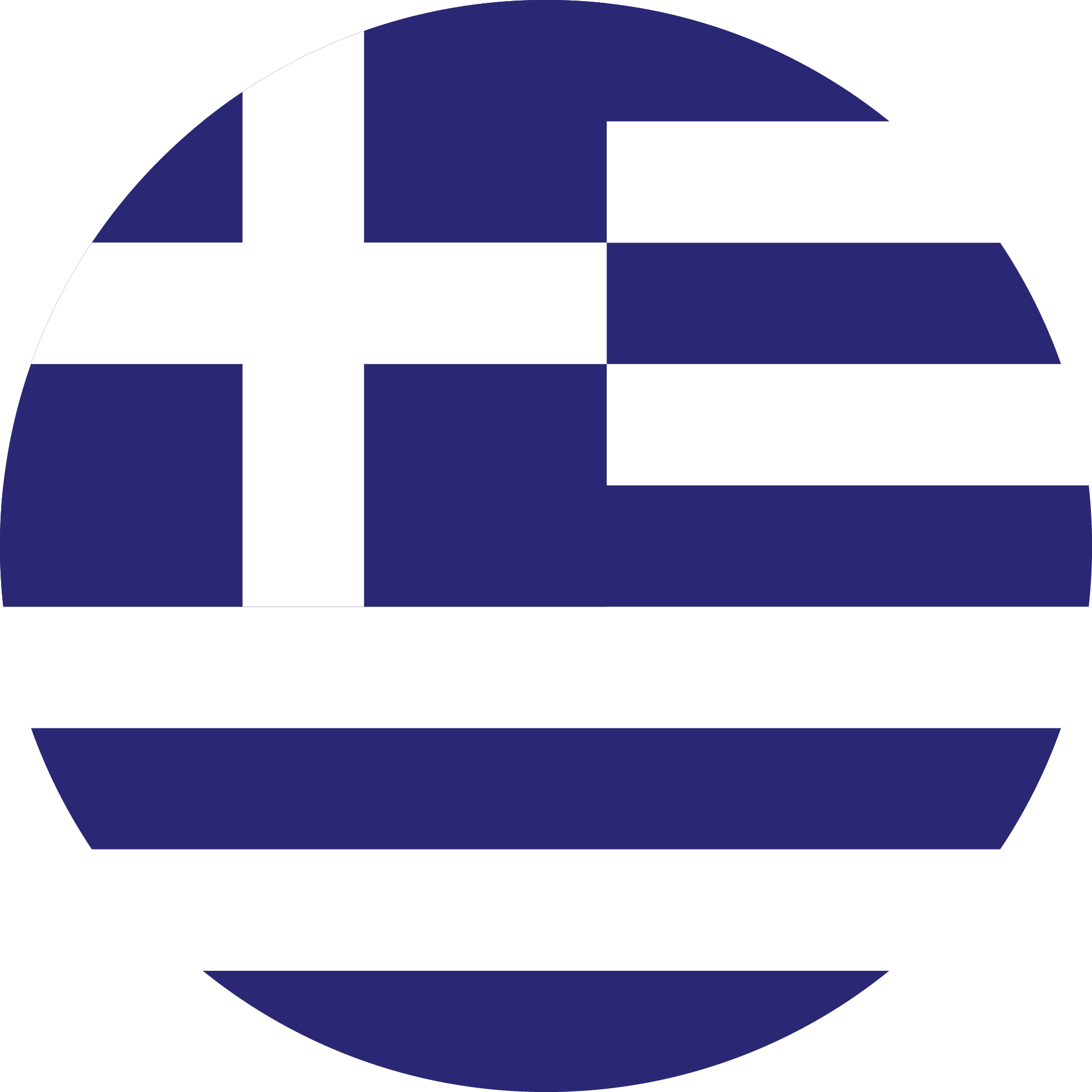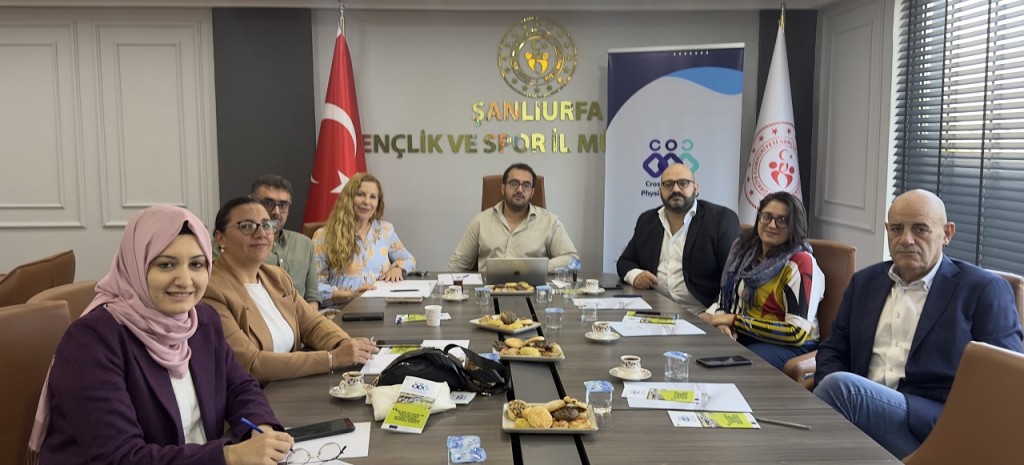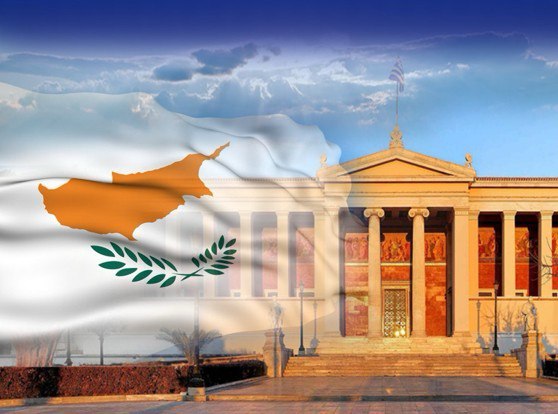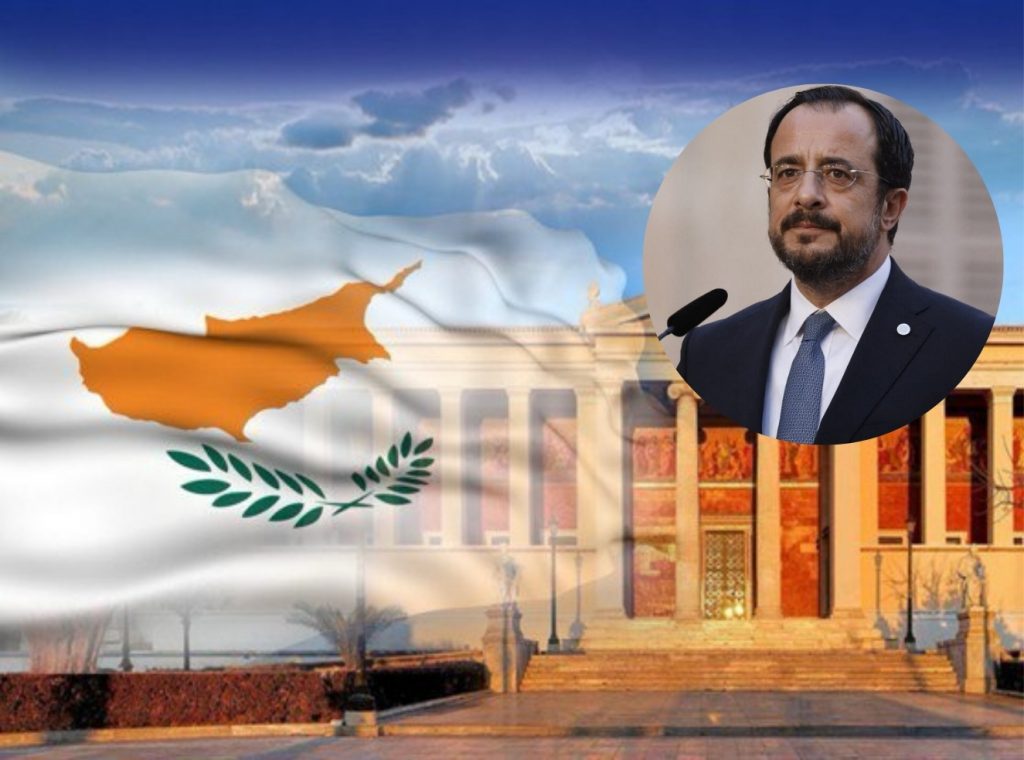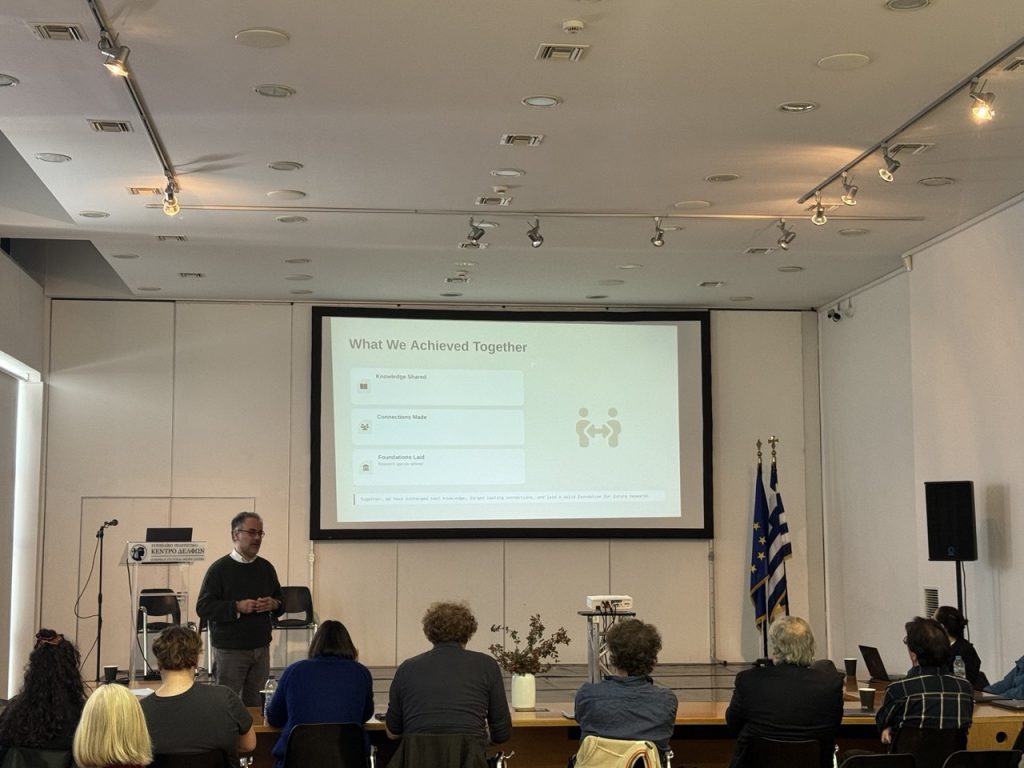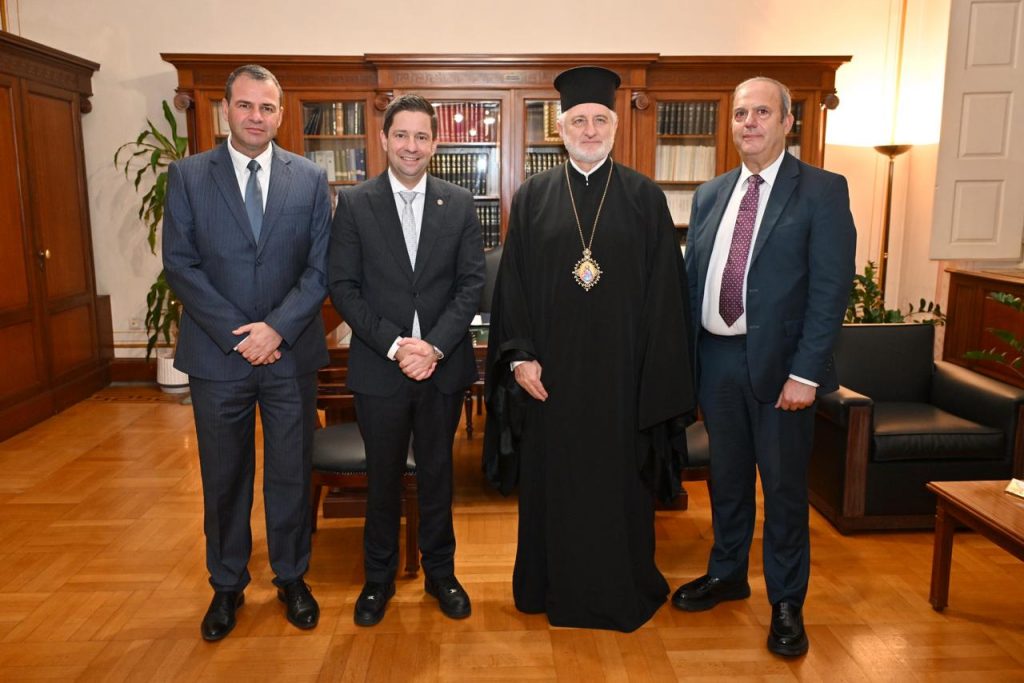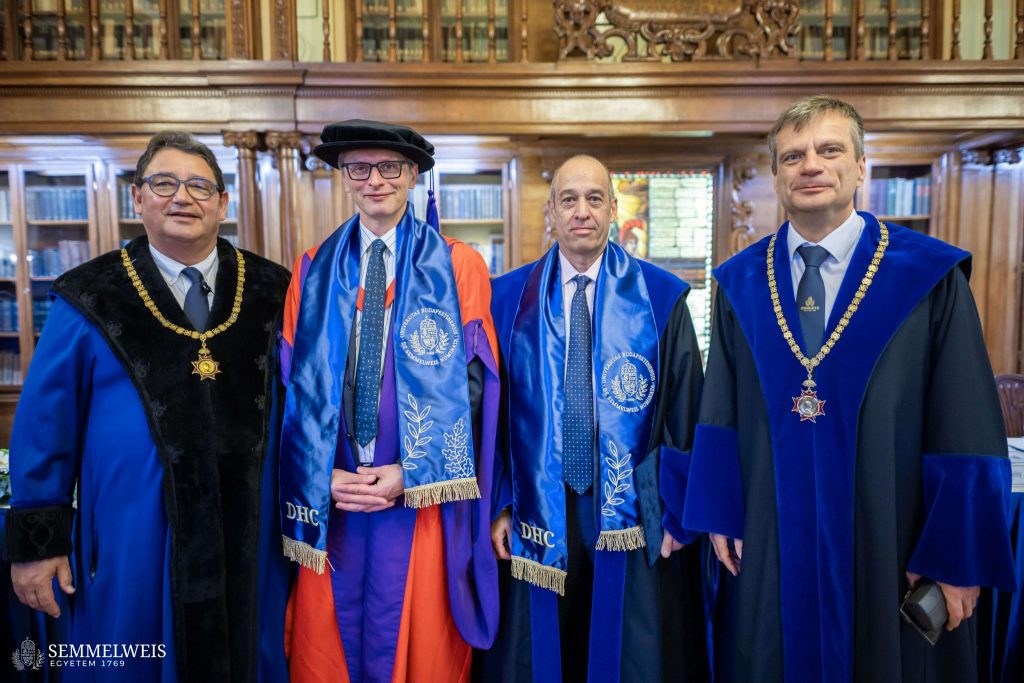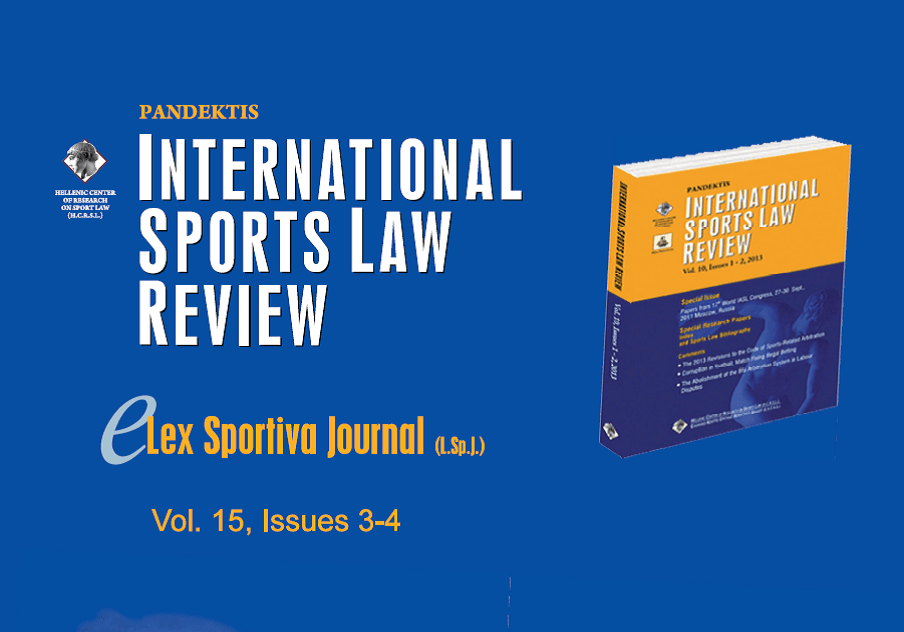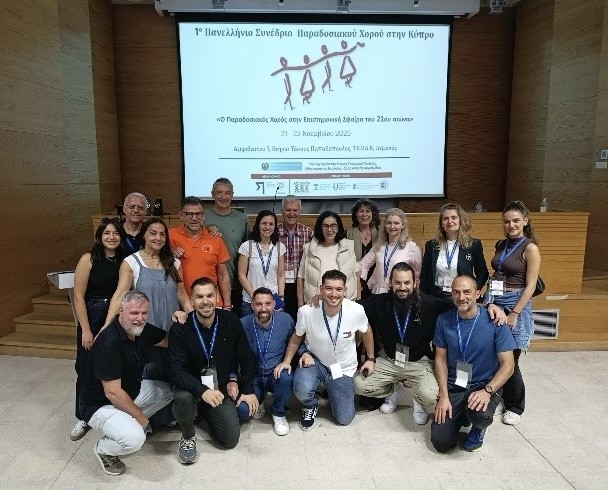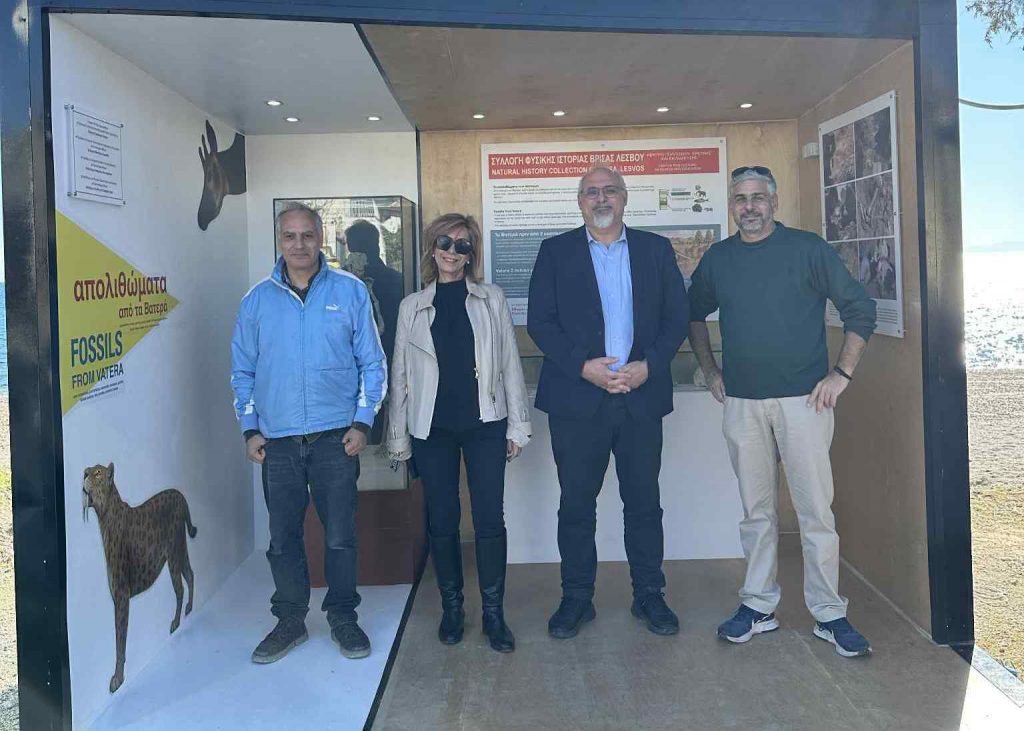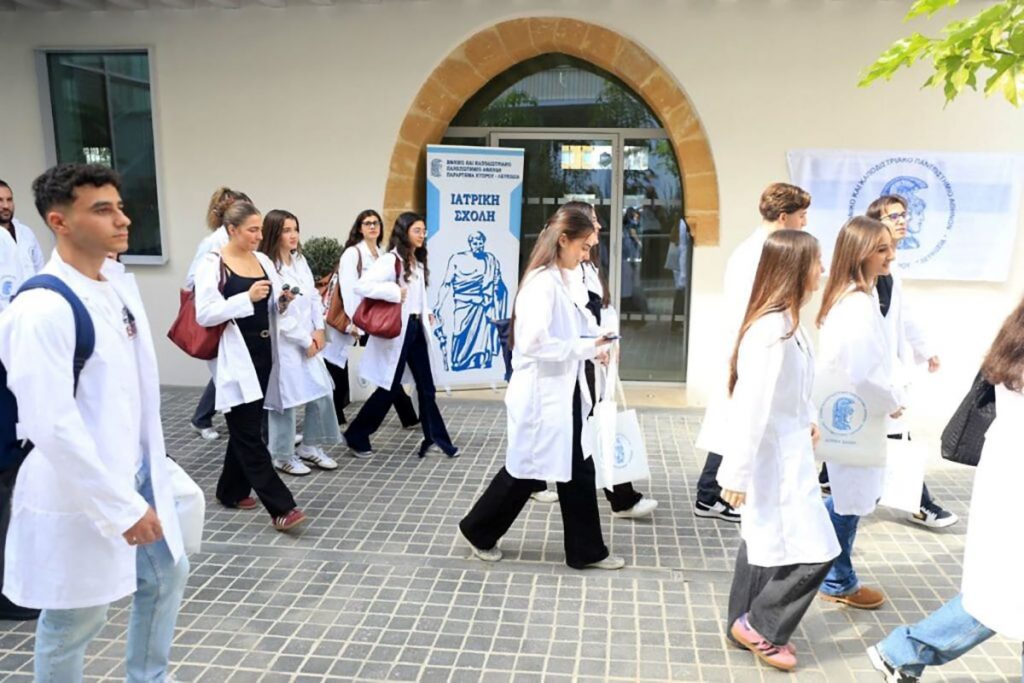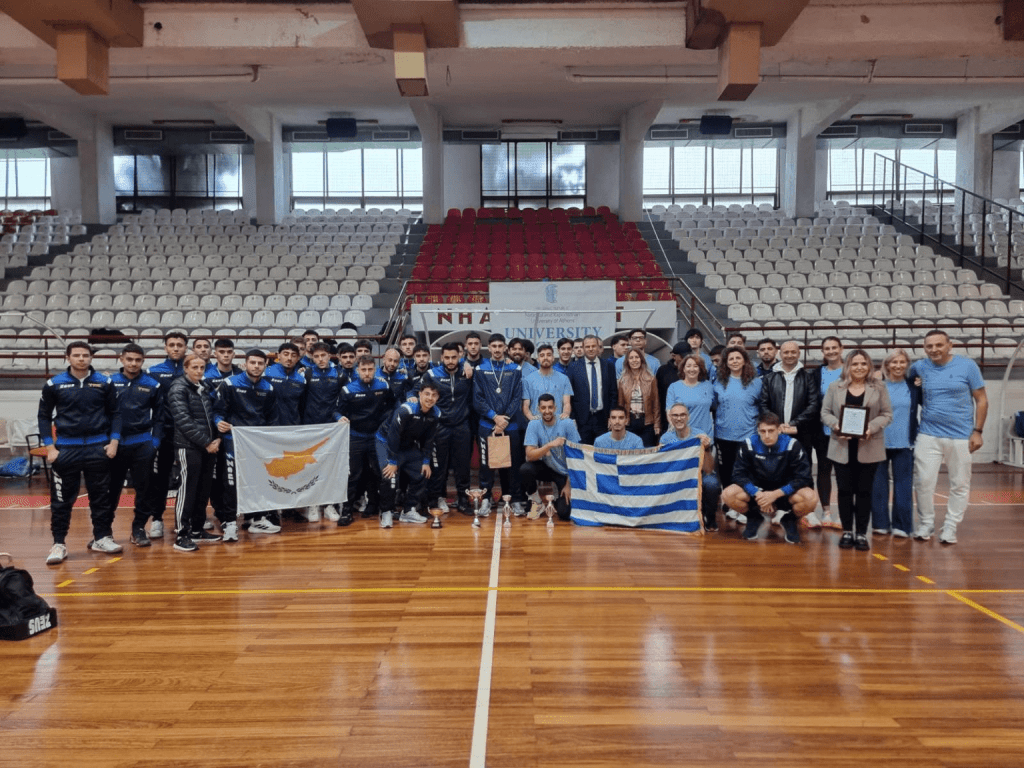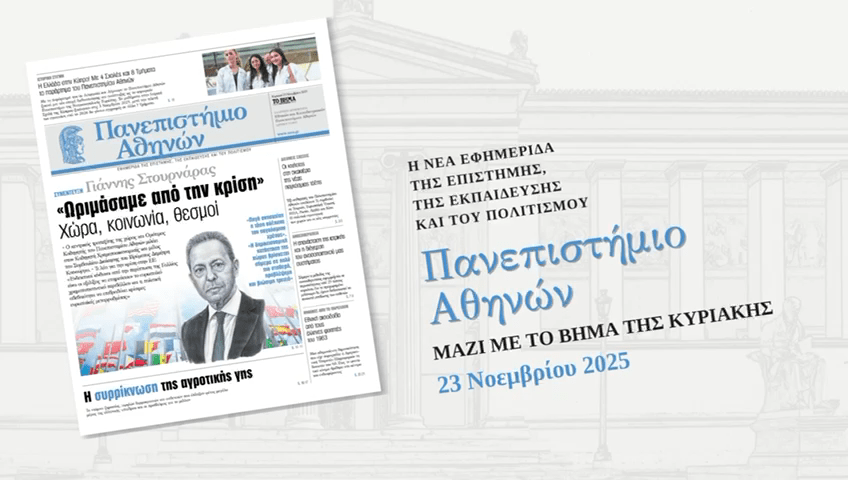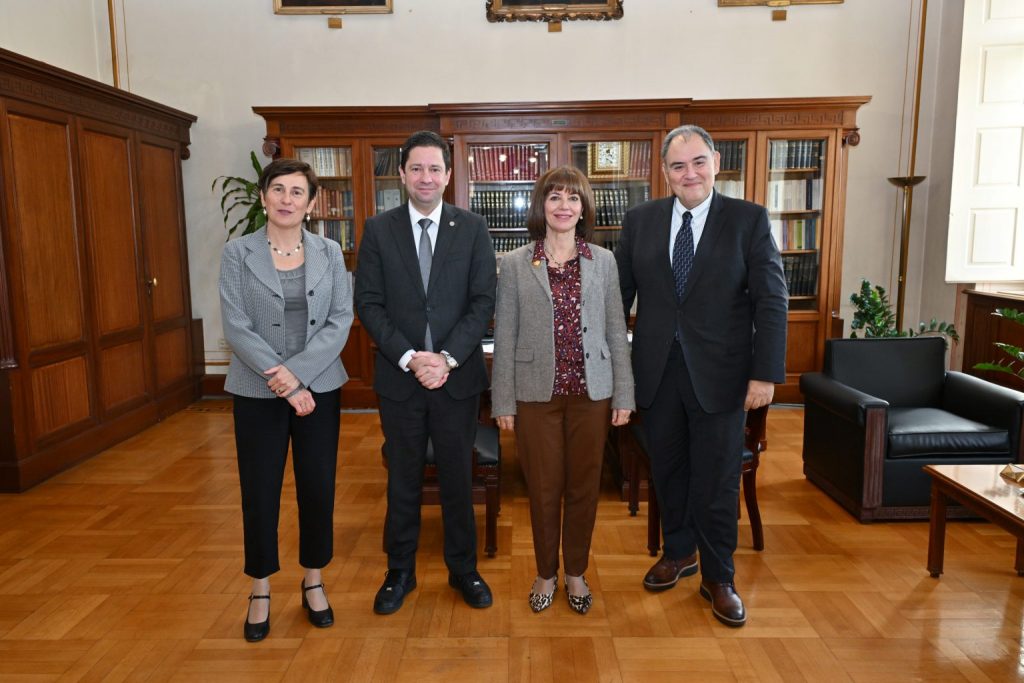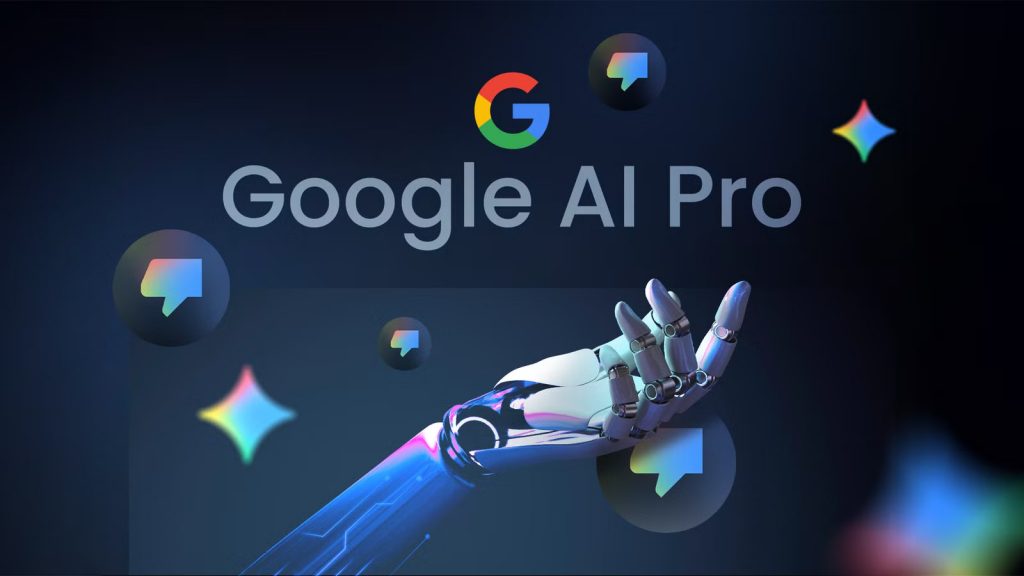Guide to Cross-Cultural Physical Literacy

Within the framework of the Erasmus+ KA2 project “Cross-Cultural Physical Literacy” (CCPL), this guide was developed with three goals in mind:
1. enhancing children’s physical literacy, regardless of their background as refugees or immigrants;
2. encouraging greater participation in physical education and sports; and
3. fostering respect for cultural diversity by developing a toolkit of physical education and sports activities.
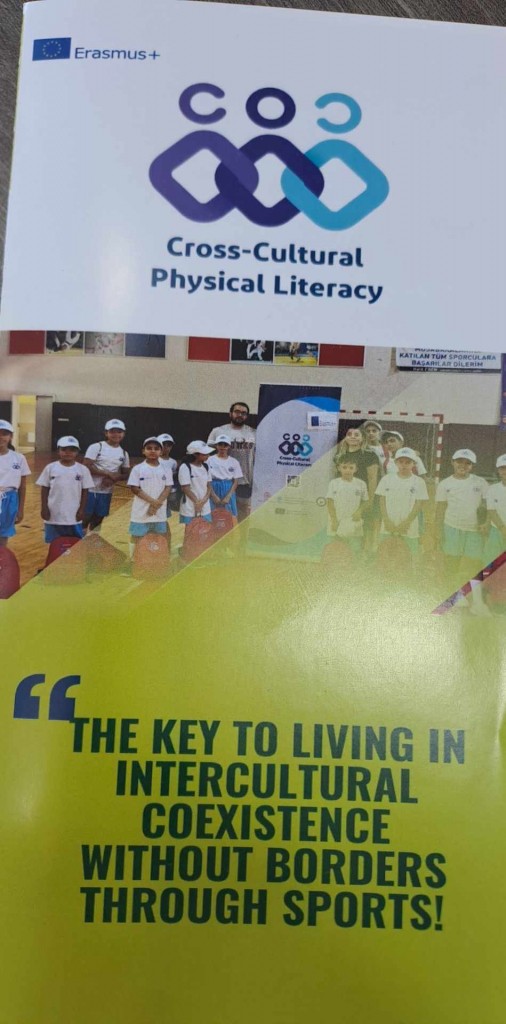
Three partners from three distinct countries—Turkey, Greece, and Italy—as well as three diverse backgrounds (national NGOs, European networks, and academic institutions) make up the collaboration.
Coordinator: Şanlıurfa Gençlik ve Spor İl Müdürlüğü.
Partners: National and Kapodistrian University of Athens and ENDAS Italia.
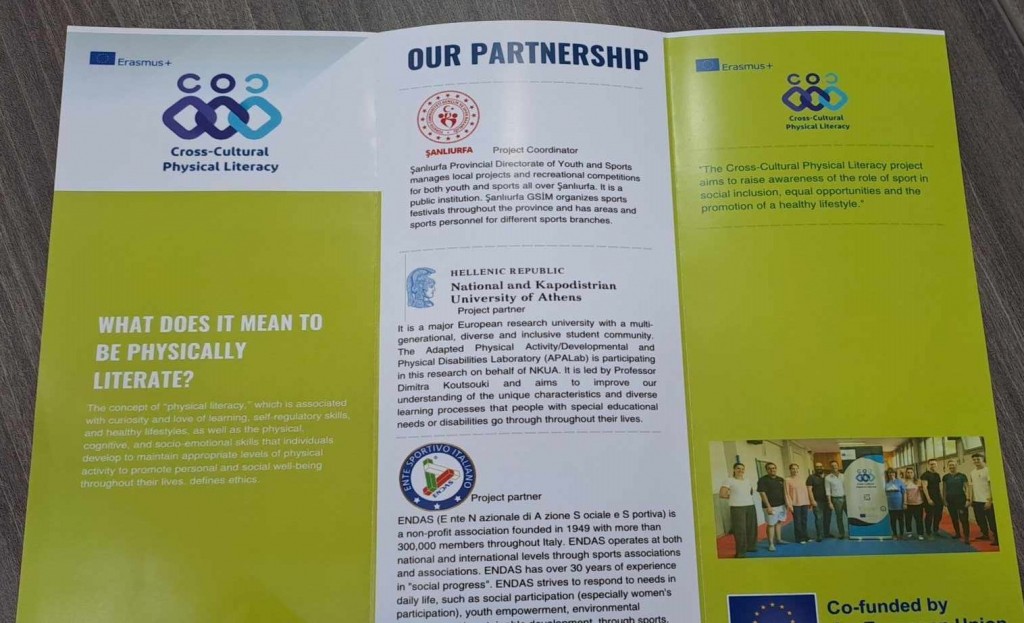
The partners have created this instructional handbook to benefit parents as well as children by combining their individual expertise in the domains of inclusive education for children with and without refugee and/or migrant origins.
The Laboratory of Adapted Physical Activity/Developmental & Physical Disabilties of the School of Physical Education and Sports Science of the National and Kapodistrian University of Athens, with Scientific Manager Emeritus Professor Dimitra Koutsouki, participated as a partner in the 3rd Transnational Meeting of the Erasmus+ KA2 “CCPL” program, held in Sanliurfa, Turkey 13-14/11/23.
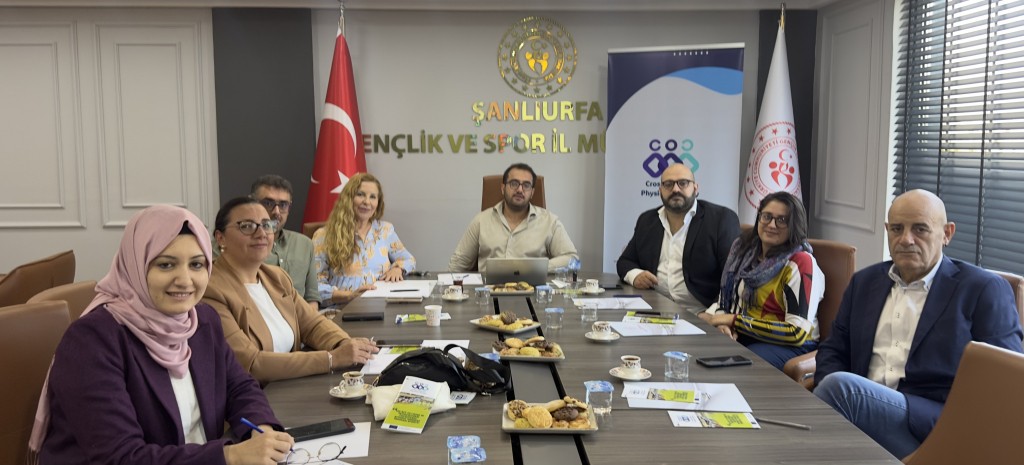
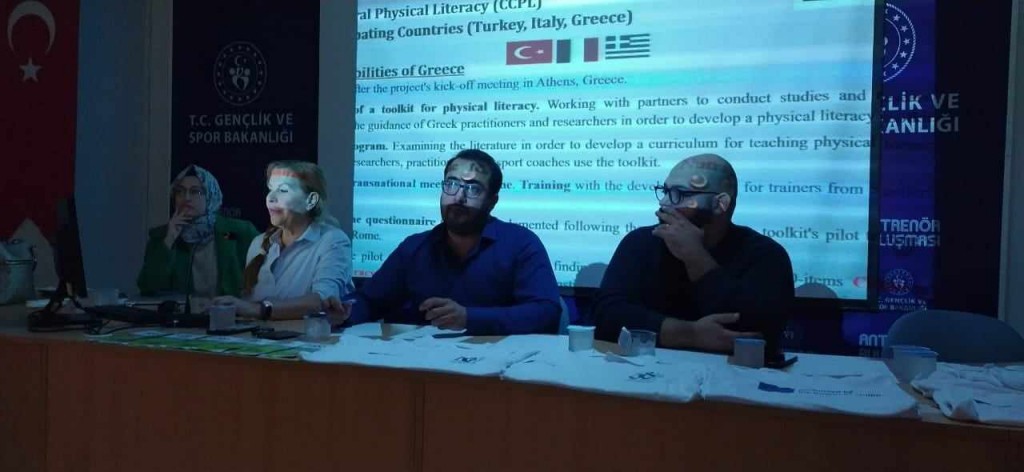
Within the context of the 3rd Transnational Meeting, Em. Professor D. Koutsouki and the Laboratory members presented the pertinent toolkit. Prior to the last transnational meeting in May in Rome, the trainers had received theoretical and practical training in its usage. After that, 8- to 10-year-old kids from Turkey and Italy who had or had not experienced refugeeism or immigration were given the opportunity to participate in the toolkit activities. Lastly, a kid-friendly version of the toolkit’s questionnaire was used to evaluate each activity.
Τhis handbook was translated into Arabic and Turkish in addition to being published in English. Through the force of sport, the guide aims to establish cultural ties and unite people on a worldwide scale.
- Unity in diversity!
- Diversity in culture, language, religion, education!
- Children of immigrants and non-immigrants, from different countries, and a toolkit that we created, so that they can all play together in common sports activities despite their huge differences, after we first completed the training for the trainers!!!
Also included in the guide are 3 advisory appendices:
1. Physical literacy and the psychological dimension, where the basic concepts of fair-play are highlighted, but also the psychological factors and the socio-emotional benefits of the participation of children with and without a refugee and/or immigrant background in common team games.
2. Physical literacy and physical therapy dimension, where the importance of reducing the risk of injury and the effectiveness of injury prevention programs is highlighted.
3. Physical literacy and nutritional dimension, where the basic parameters for a healthy diet of children 6-12 years old are given.

Are you ready to explore cross-cultural experiences, united by the strength of physical literacy? Let’s move together and embrace diversity!
Visit this link to get the directions and take part in the activity: https://linktr.ee/cross_culturalpl
Relevant websites:
https://www.facebook.com/profile.php?id=100090881962539
http://www.apalab.phed.uoa.gr
https://www.facebook.com/apalab.phed.uoa/
https://www.facebook.com/dkoutsou.uoa.gr

